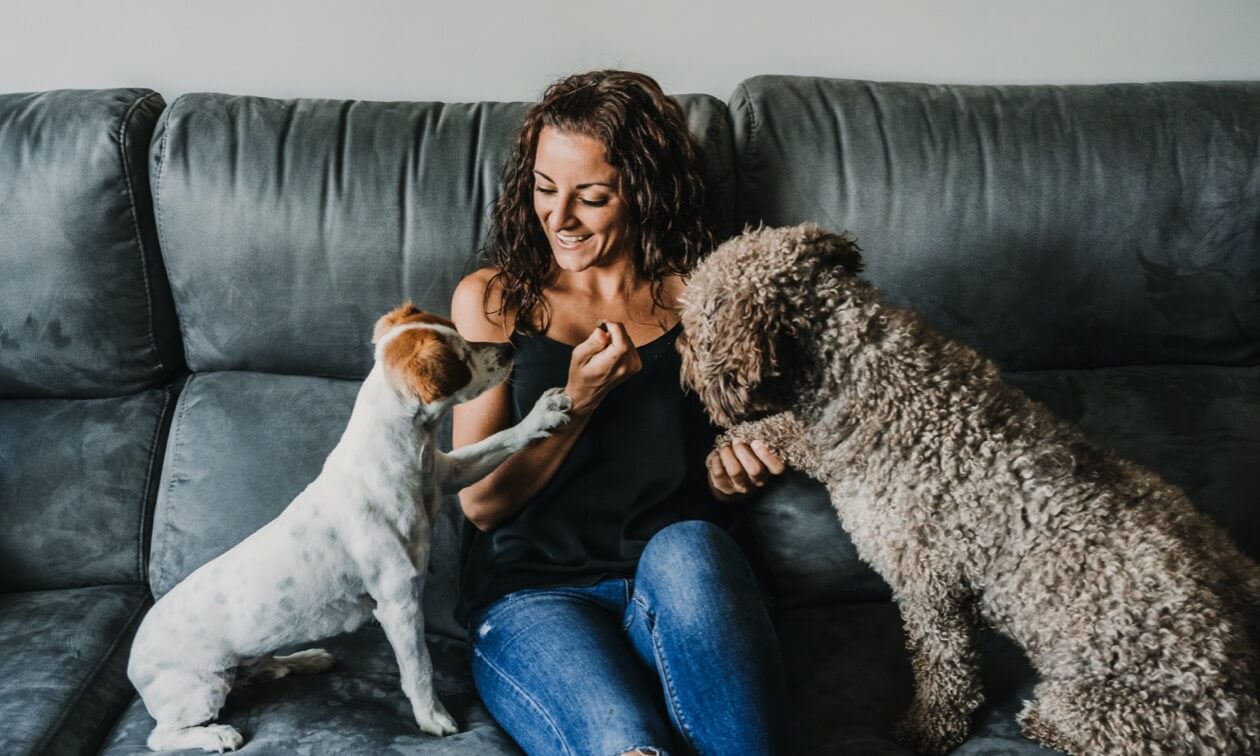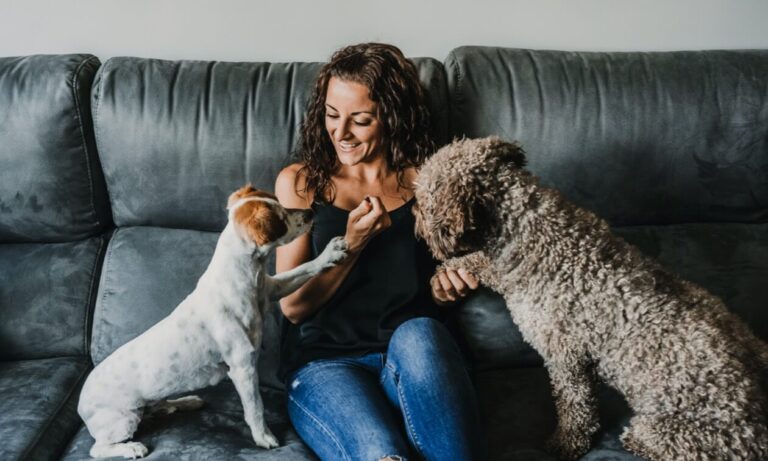
Jealousy — that familiar feeling of insecurity or rivalry when someone else receives attention or affection — is something most of us have experienced. But can pets feel it too? And if so, what does that say about their emotional intelligence?
This question has intrigued pet owners, veterinarians, and scientists alike. Many pet parents swear their dog or cat shows signs of jealousy when attention is diverted elsewhere. But is this really jealousy as humans experience it, or something else?
Let’s explore the fascinating world of emotional intelligence in animals, focusing on whether pets can truly feel jealousy and what behaviors might reveal about their inner emotional lives.
What Is Jealousy?
Jealousy is generally considered a complex emotion that involves three key elements:
- A valued relationship or resource
- A perceived threat or rival
- Feelings of insecurity or fear of loss
In humans, jealousy often involves self-awareness and the ability to understand social dynamics. So, the question is: do animals have the emotional and cognitive capacity to experience jealousy in a similar way?
Scientific Studies on Pet Jealousy
Researchers have started investigating this with experiments, especially on dogs, who are known for their strong bonds with humans.
In one notable study published in PLoS ONE (2014), dogs were observed reacting when their owners showed affection toward a realistic-looking stuffed dog. The dogs exhibited behaviors like pushing their owner’s arm, trying to get between the owner and the stuffed dog, barking, or whining. These behaviors suggest the dogs perceived the stuffed dog as a rival and wanted to regain their owner’s attention — a clear sign of jealousy-like behavior.
Similar behaviors have been reported anecdotally in cats and even parrots, though less research exists on these animals.
Is It Really Jealousy?
Some scientists argue that what looks like jealousy might just be possessiveness or attention-seeking behavior. For example, a dog might nudge its owner when another pet is being petted, not because it feels jealous in a human sense, but because it wants affection or feels left out.
However, emerging research suggests that pets may experience a simplified or more instinctual form of jealousy. Unlike humans, their emotions are less influenced by self-reflection and more by immediate social dynamics and attachment bonds.
Emotional Intelligence in Pets: More Than Just Instinct
Emotional intelligence (EI) is the ability to perceive, understand, and respond to emotions — both their own and those of others. Pets, especially dogs, show remarkable EI skills:
- Reading human emotions: Dogs can recognize human facial expressions and respond to moods like sadness or happiness.
- Empathy: Therapy dogs provide comfort by sensing and responding to people’s emotional states.
- Social bonding: Pets form deep attachments and can show distress when separated from their owners.
These signs of emotional intelligence mean pets likely experience a range of feelings, jealousy among them — even if it’s different in complexity from human jealousy.
How to Handle Jealousy in Pets
If your pet shows signs of jealousy, it’s important to manage it with patience and understanding:
- Give equal attention: Make sure all pets (and family members) feel seen and loved.
- Positive reinforcement: Reward calm behavior when pets share attention.
- Create routines: Stability and predictability can reduce anxiety that fuels jealousy.
- Provide individual time: Spend quality one-on-one time with each pet.
Avoid punishing jealousy-driven behavior; instead, use it as a cue to strengthen your bond and communication.
Final Thoughts
Pets may not experience jealousy exactly as humans do, but the evidence suggests they do have emotions that parallel jealousy — fueled by attachment, social awareness, and emotional intelligence.
Recognizing this helps us appreciate that pets aren’t just animals acting on instinct; they are emotional beings who navigate relationships with us and others in meaningful ways.
So the next time your dog nudges you when you pet another, remember — it might just be their heartfelt way of saying, “Don’t forget about me.”



